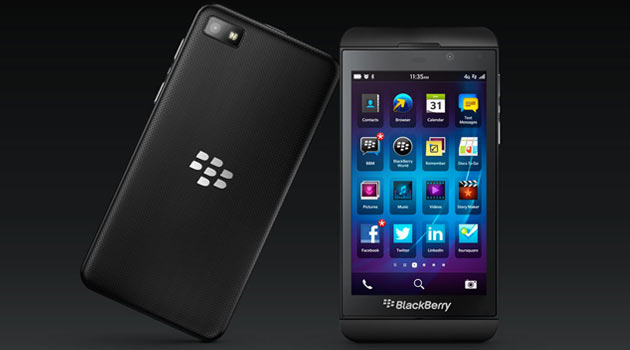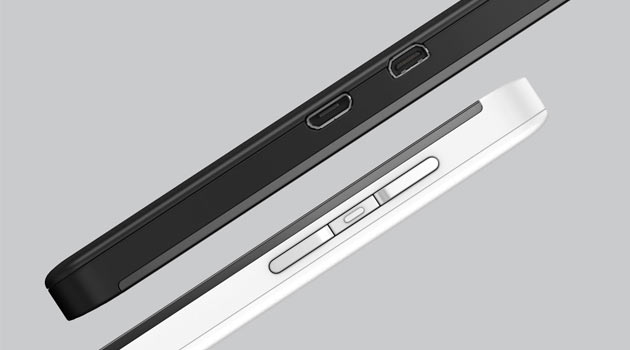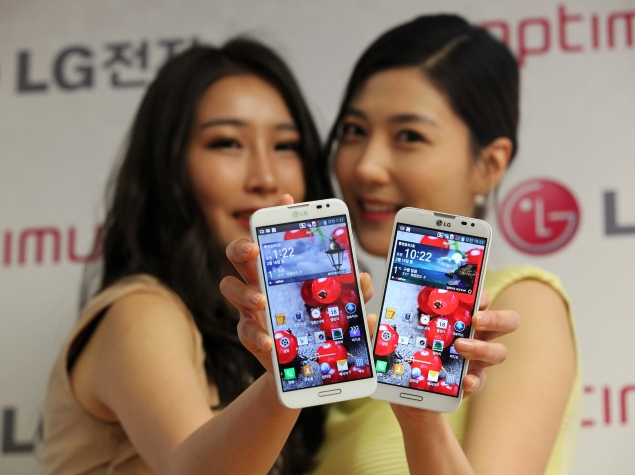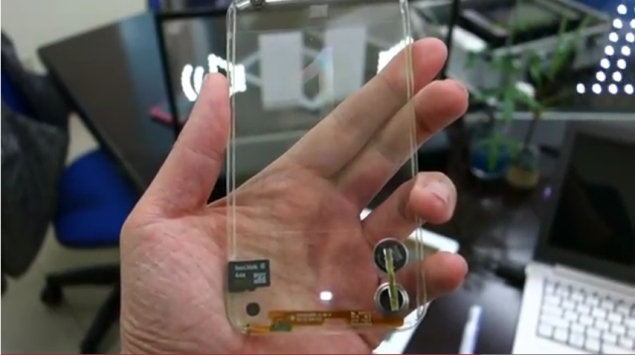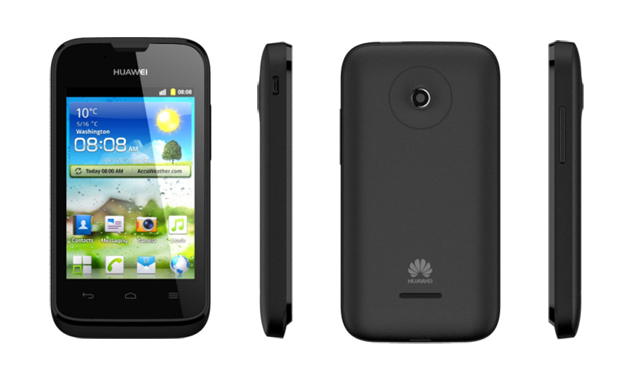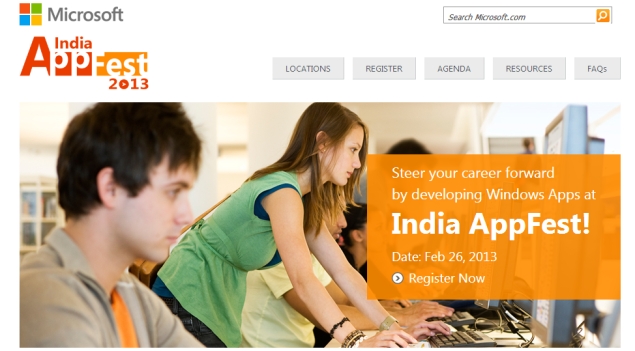
NEW DELHI: In less than a
week from now, thousands of charged up students will get together to
develop apps for the Windows platform.
On Feb 26, more than 10,000 students from across the country will gear up to code applications for a whole day at more than 50 hub centres, which are currently holding training sessions for students who wish to brush up their coding skills as they register, a Microsoft statement said.
On the day of the AppFest, the young developers will code under the supervision of Microsoft mentors, trainers and Microsoft Student Partners (MSPs), and submit the app online - an opportunity to make it available on the Windows Store after due diligence.
"On one hand, the trends in the IT space have evolved over the past few years, creating greater opportunities for students and budding developers. On the other, the global youth unemployment rate is currently at 12.7 percent - double the overall unemployment rate," Microsoft director (strategic audience marketing) Pratima Amonkar said.
"These two things clearly indicate a gap in demand and supply - and the obvious answer: Given the right skills and training, there is lot young technology students can achieve today. This is exactly what we are trying to do: bring together the opportunity and those who can utilize it.
"Obviously students recognize the opportunity, going by the enthusiastic response we have received across India so far," Amonkar added.
Microsoft will provide students at each of the hubs with free software such as Visual Studio Express for Windows 8, and with free Windows Store registration codes through Microsoft DreamSpark, the statement said.
"The focus will be on broad-based consumer applications, incorporating education, games, apps for social good etc. In addition to submitting the apps for evaluation for a chance to get on the Microsoft Store, the training and experience received via this program will boost the students' employability, and create a more capable developer ecosystem in the country," the statement added.
Founded in 1975, Microsoft is the worldwide leader in software for personal and business computing. The company offers a wide range of products and services designed to empower people through great software - any time, any place and on any device.
Microsoft Corporation (India) Private Ltd is a subsidiary of Microsoft Corporation, USA. It has had a presence in India since 1990 and currently has offices in nine cities - Ahmedabad, Bangalore, Chennai, Hyderabad, Kochi, Kolkata, Mumbai, New Delhi and Pune.
On Feb 26, more than 10,000 students from across the country will gear up to code applications for a whole day at more than 50 hub centres, which are currently holding training sessions for students who wish to brush up their coding skills as they register, a Microsoft statement said.
On the day of the AppFest, the young developers will code under the supervision of Microsoft mentors, trainers and Microsoft Student Partners (MSPs), and submit the app online - an opportunity to make it available on the Windows Store after due diligence.
"On one hand, the trends in the IT space have evolved over the past few years, creating greater opportunities for students and budding developers. On the other, the global youth unemployment rate is currently at 12.7 percent - double the overall unemployment rate," Microsoft director (strategic audience marketing) Pratima Amonkar said.
"These two things clearly indicate a gap in demand and supply - and the obvious answer: Given the right skills and training, there is lot young technology students can achieve today. This is exactly what we are trying to do: bring together the opportunity and those who can utilize it.
"Obviously students recognize the opportunity, going by the enthusiastic response we have received across India so far," Amonkar added.
Microsoft will provide students at each of the hubs with free software such as Visual Studio Express for Windows 8, and with free Windows Store registration codes through Microsoft DreamSpark, the statement said.
"The focus will be on broad-based consumer applications, incorporating education, games, apps for social good etc. In addition to submitting the apps for evaluation for a chance to get on the Microsoft Store, the training and experience received via this program will boost the students' employability, and create a more capable developer ecosystem in the country," the statement added.
Founded in 1975, Microsoft is the worldwide leader in software for personal and business computing. The company offers a wide range of products and services designed to empower people through great software - any time, any place and on any device.
Microsoft Corporation (India) Private Ltd is a subsidiary of Microsoft Corporation, USA. It has had a presence in India since 1990 and currently has offices in nine cities - Ahmedabad, Bangalore, Chennai, Hyderabad, Kochi, Kolkata, Mumbai, New Delhi and Pune.
